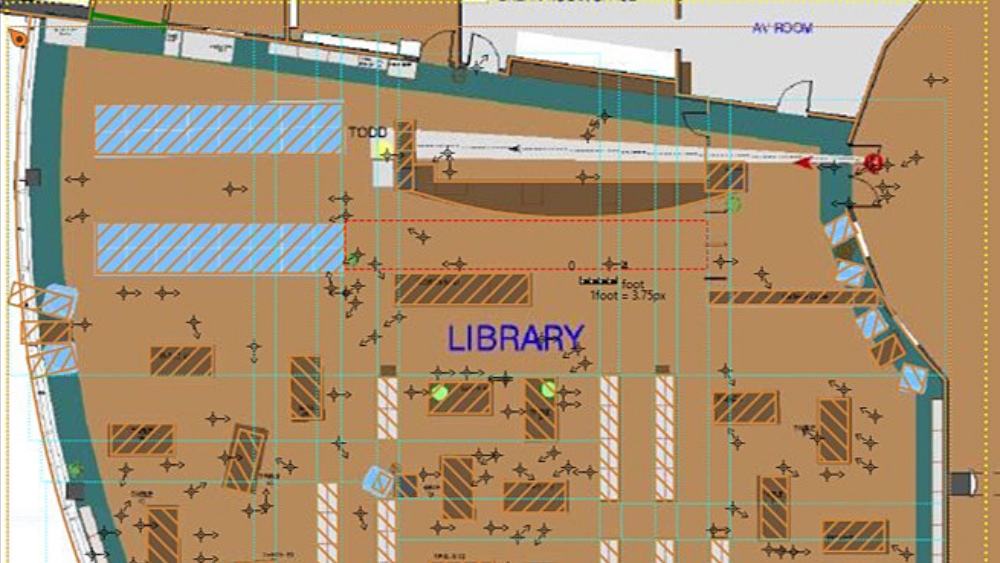
A new computer model is providing a novel way to test how well the “run, hide, fight” mantra works during an active shooter situation. The mantra suggests escaping the situation or protecting oneself should be prioritized while fighting the gunman should be the last resort.
 Eric Dietz, director of the Purdue Homeland Security Institute and professor of computer and information technology, Jae Yong Lee, graduate research assistant, and other students use the computer model to look at what happens to victims caught in shooter situations with the goal of providing better training for schools and other organizations. The model is based on the 1999 shooting at Columbine High School.
Eric Dietz, director of the Purdue Homeland Security Institute and professor of computer and information technology, Jae Yong Lee, graduate research assistant, and other students use the computer model to look at what happens to victims caught in shooter situations with the goal of providing better training for schools and other organizations. The model is based on the 1999 shooting at Columbine High School.
“We obviously hope these tragedies are avoided, but we want to provide information that those caught in active shooter situations can use to survive and potentially help others make it out alive,” said Dietz.
The model focused on what happened inside the school’s library on the day of the shooting. The research team ran multiple scenarios to determine the likely number of victims and survivors based on various actions taken by those caught there when the massacre began.
“We find that the number of casualties is higher in situations like Columbine when more people try to hide instead of run,” said Dietz. “That’s not to say it is the best action every single time, but rather we want to use our model and some of our research to better inform schools on active shooter training and survival information. Running from the situation is often linked to the best outcomes.”
The Purdue Homeland Security Institute team developed the model with AnyLogic Co., a Chicago-based group that creates simulation tools, and presented it at the group’s conference in Austin, Texas. They are working on a number of projects related to public safety.
Read the full Purdue Research Foundation article.
